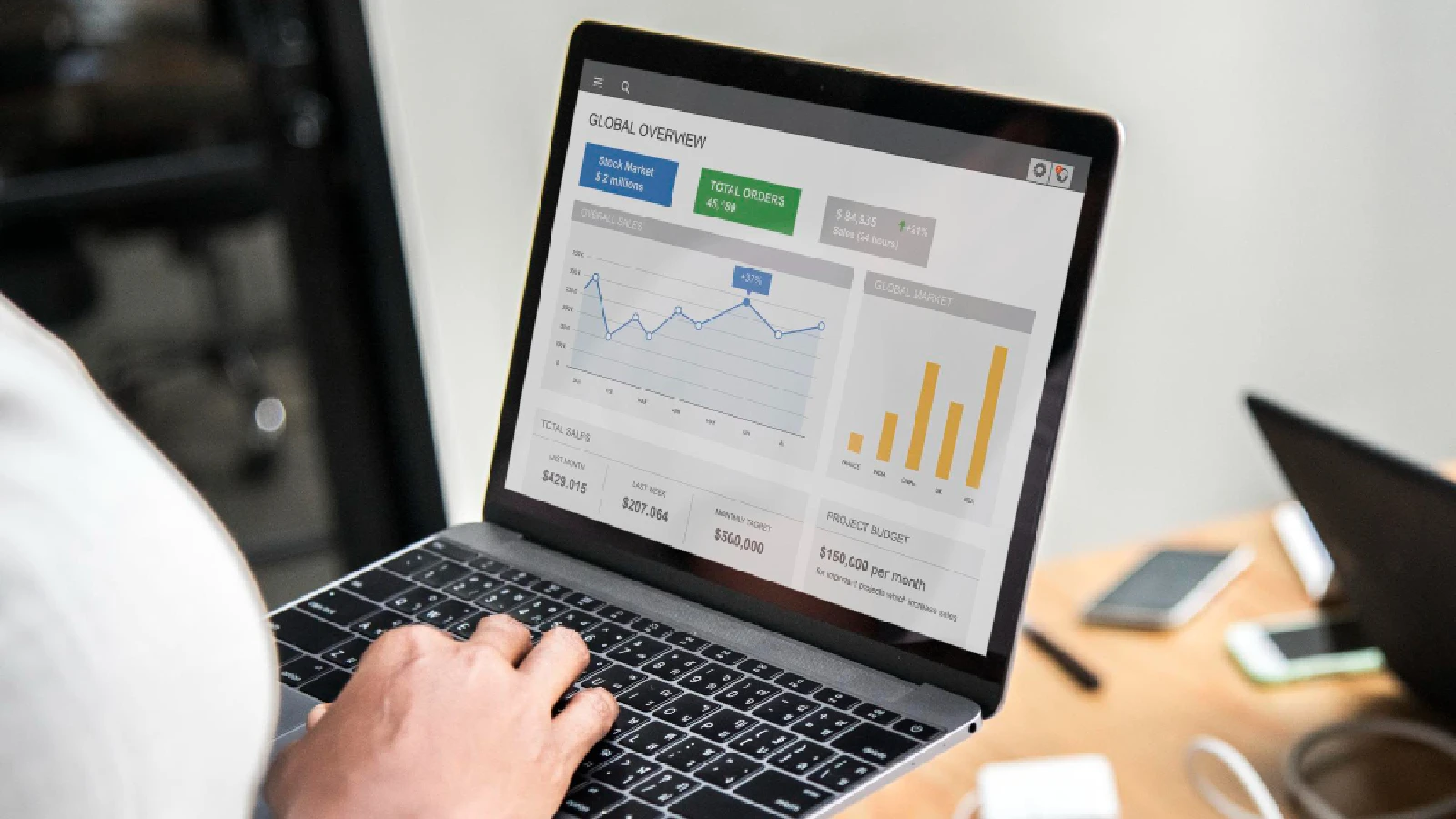Understanding Your Audience
To effectively increase traffic, a thorough understanding of your target audience is critical. Knowing who your audience is allows you to tailor your content and marketing strategies to meet their expectations and needs, ultimately driving more visitors to your site and increasing revenue.
Start by defining your audience demographics, which include age, gender, location, income level, and other socio-economic factors. Utilize tools like Google Analytics or social media insights to gather this data. For instance, Google Analytics provides detailed reports on user demographics and behavior, allowing you to understand who visits your site and how they interact with your content.
Beyond demographics, delve into the interests and behaviors of your audience. Tools such as Google Trends or social media analytics can reveal what topics resonate most with your audience. Understanding these preferences allows you to create content that is not only engaging but also highly relevant. This relevance is key to driving consistent traffic.
Creating detailed customer personas is another effective strategy. Personas are fictional but data-driven representations of your ideal customers. They encapsulate details such as the challenges your audience faces, their goals, and how they prefer to consume content. With solid personas, you can devise more precise and impactful marketing plans.
Audience segmentation is crucial for targeted marketing. Segment your audience based on shared characteristics or behaviors to create more personalized marketing campaigns. For instance, differentiate between new visitors and returning customers, or between younger and older demographics. Personalized content tailored to these segments can significantly enhance engagement rates.
Personalization doesn’t stop at segmentation. Use the data to tailor the content itself. Personalized content can be as simple as addressing pain points specific to certain audience segments or as advanced as recommending products based on previous browsing behaviors. Such targeted content improves user experience and encourages visitors to return, thereby increasing overall traffic and driving revenue.
Optimizing Your Content for SEO
Search Engine Optimization (SEO) is indispensable for increasing organic traffic to your website. Effective SEO begins with keyword research, the process of identifying terms and phrases your target audience searches for. Tools like SEMrush, Ahrefs, and Moz can aid in uncovering high-impact keywords that can drive more qualified traffic to your site.
Once you’ve targeted the right keywords, focus on on-page optimization. This includes integrating your keywords naturally into titles, headers, and the body of your content. Ensure your main keyword appears in the title tag, meta description, and within the first 100 words of your article for optimal results.
High-quality, relevant content is another cornerstone of successful SEO. Search engines prioritize content that provides value to users, so it’s essential that your articles thoroughly cover the topic at hand. Aim to answer relevant questions your audience might have and structure your content to facilitate easy reading.
Building backlinks remains a crucial strategy. High-quality backlinks from authoritative websites signal to search engines that your content is trustworthy and valuable, thereby improving your search engine rankings. Developing relationships with industry influencers and guest posting on reputable blogs are effective ways to earn quality backlinks.
Technical SEO aspects also play a significant role. Ensure your website’s site speed is optimized; slow-loading pages can deter users and lead to higher bounce rates. Tools like Google PageSpeed Insights can help identify areas for improvement. Additionally, your site must be mobile-responsive, given the growing number of users accessing the web via mobile devices. Also, maintain a clean and simple URL structure, ideally including keywords, to make your URLs both user- and search engine-friendly.
Lastly, pay attention to meta tags, headers, and image optimization. Properly formatted meta titles and descriptions can dramatically improve click-through rates. Headers (H1, H2, H3, etc.) should be used logically to break content into digestible sections, while alt text for images helps search engines understand image content, further enhancing SEO.
Leveraging Social Media and Paid Advertising
Social media and paid advertising have become integral components in the quest to increase website traffic and drive revenue. Effective use of social media platforms can significantly enhance visibility and engagement, propelling visitors to your website. One crucial strategy is to create compelling and shareable content that resonates with your target audience. Engaging posts, informative videos, and eye-catching images can capture attention and inspire interaction.
Using hashtags is another effective way to extend the reach of your posts. By incorporating relevant and trending hashtags, you can place your content in front of a broader audience. Additionally, collaborating with influencers who align with your brand values can further amplify your reach. Influencers often have dedicated followings, and their endorsement can lend credibility and attract new visitors to your website.
Beyond organic strategies, social media ads can be a powerful tool. Platforms like Facebook, Instagram, and LinkedIn offer robust ad solutions tailored to different business needs. Running targeted ad campaigns allows you to reach specific demographics, interest groups, and geolocations, providing a more personalized experience for potential customers. Coupled with engaging visuals and persuasive copy, social media ads can drive traffic efficiently.
Paid advertising extends beyond social media. Pay-Per-Click (PPC) campaigns, such as those offered by Google Ads, can position your website at the top of search engine results for targeted keywords. Display ads, appearing on various websites across the internet, help maintain brand presence and visibility. Retargeting ads, which focus on users who have previously visited your website, encourage return visits and conversions.
Measuring the effectiveness of these advertising strategies is essential. Utilizing analytics tools like Google Analytics, Facebook Insights, and other platform-specific tools allows you to track performance metrics such as click-through rates, impressions, and conversion rates. These insights help refine your strategies, ensuring that you maximize returns on your advertising investments.
Monetization Strategies to Increase Revenue
Once you’ve successfully boosted your website traffic, the next crucial step is converting that influx into sustainable revenue. There are several robust monetization strategies you can implement to achieve this objective effectively.
Firstly, affiliate marketing is a powerful way to earn revenue by promoting products or services from other companies. Through this approach, you receive a commission for every sale made through your referral links. Ensuring that the products you promote align with your audience’s interests enhances the likelihood of conversions.
Sponsored content is another lucrative method, involving partnerships with brands to create content that highlights their products or services. This not only provides revenue but also enriches your content offering, making your site a valuable resource. Carefully selecting sponsorships that resonate with your audience will result in higher engagement and conversions.
Selling digital or physical products directly from your website can significantly boost revenue. Digital products like eBooks, online courses, and software downloads cater to the increasing demand for online learning and resources. Physical product sales, facilitated through e-commerce platforms, are another proven revenue stream.
Offering premium memberships or services can create a steady income stream. By providing exclusive content, features, or personalized consultations, you add significant value that justifies the membership or service fee. The key is to ensure that your premium offerings are compelling and clearly distinct from your free content.
Creating compelling calls-to-action (CTAs) is essential for guiding your visitors towards these revenue-generating actions. Effective CTAs should be strategically placed, visually appealing, and clearly communicate the benefits of taking action.
Optimizing conversion rates is critical for maximizing revenue. Utilizing tools like A/B testing allows you to experiment with different site elements and content presentations to determine what resonates best with your audience. By continuously refining your strategies, you can achieve higher conversion rates, leading to increased revenue.
Leveraging email marketing and lead generation tools is also instrumental in building a loyal customer base and sustaining long-term revenue growth. By nurturing your leads through targeted email campaigns, you can foster stronger relationships and encourage repeat engagements and purchases.
Incorporating these monetization strategies effectively will transform your increased website traffic into a valuable and enduring source of revenue.



